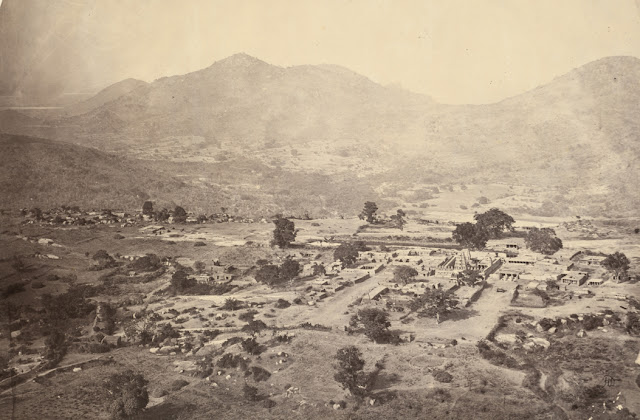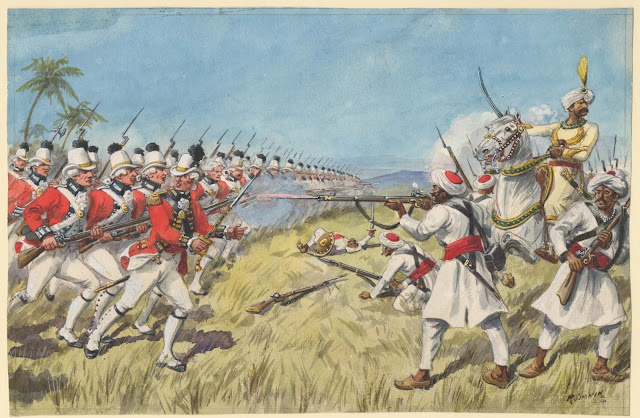44 sites of Hindus, including Sringeri Mutt and other temples, attacked by Marathas in 1790 - 92 CE.

Research and author : Ameen Ahmed Below is a chronological sequence of forty four sites belonging to Hindus (temples, towns, crops), including Sringeri Mutt, affected by Peshwa Maratha soldiers' excesses in Mysore Kingdom (present day Karnataka) between 1790 - 92 CE, during the 3rd Anglo Mysore War. Twenty six of these were eye-witnessed and documented by English soldiers accompanying the Maratha armies . Destruction of seventeen more such places is attributed by later sources to these attacks, which were led primarily by the Peshwa Maratha General Parshuram Bhau, his son Appa Sahib and brother Raghunath Rao. A view of the fortified Hindu holy town of Devarayanadurga, Tumakuru District in 1862. This town was captured on Jul. 13, 1791 by the combined forces of a detachment of Bombay Army of East India Company and Maratha armies led by Parshuram Bhau, who looted and burnt it. Credit: By Lieutenant Colonel Henry Dixon - https://clevelandart.org/art/2017.7, CC0, https://commo

